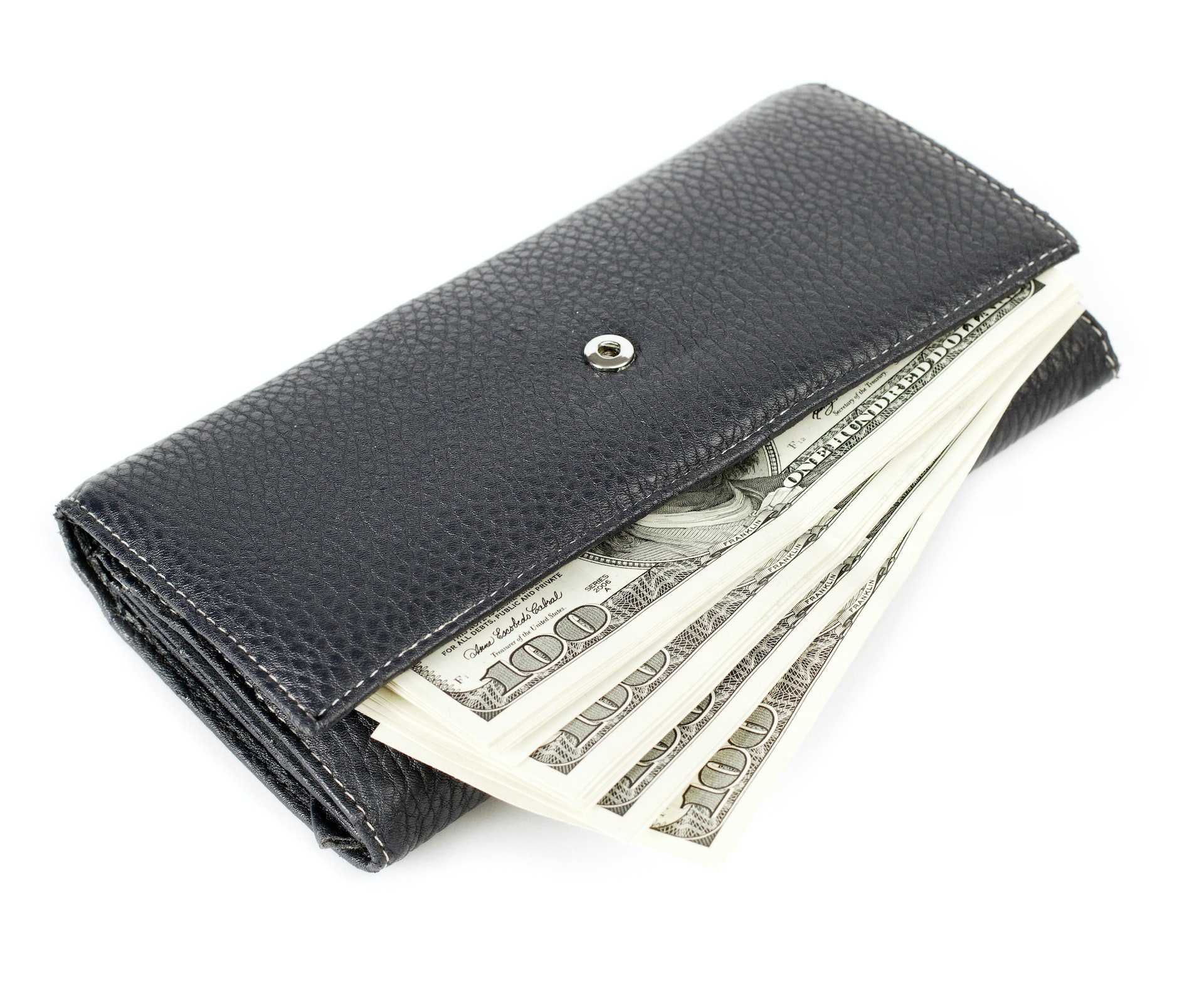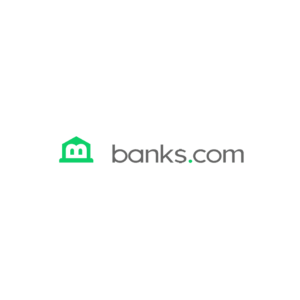Checking and savings accounts let you store money at a bank. Financial institutions gave people a federally insured way to secure their money instead of hiding it under the rug. Banks offer several types of bank accounts, but each one is either a checking account or a savings account. Understanding the differences between these accounts can help you prioritize how you allocate your funds.
What is a Checking Account?
A checking account contains funds you use for everyday purchases. Consumers keep funds in these accounts that they don’t plan to hold onto for a while. If the cash in this account doesn’t go to a purchase, it usually goes to another account that offers a higher return. A checking account connects to your debit card, making it easier to conduct financial transactions.
You can make easy transactions with a credit card, too, but they are not for everyone. Some people prefer debit cards because they can avoid credit card debt and high interest rates. However, regardless of which type of card you use, a checking account has the bulk of your financial activity, from money transfers to your investment portfolio to every debit card purchase.
Checking accounts also allows you to write checks. You can write checks against your balance to pay people, but make sure you have enough funds in your account before writing a check.
What is a Savings Account?
A savings account is a bank account meant for long-term savings. Most people don’t plan to touch this money for years and use these accounts to plan vacations, down payments, and other ambitious purchases. Some people accumulate money in a savings account for retirement or an emergency fund. You won’t make as much money with a savings account compared to long-term investments in reliable assets, but savings accounts have risk-free returns. These bank accounts also have better interest rates than checking accounts. So you will earn more with your money if you put it away in a savings account instead of a checking account.
Some people create separate savings accounts for each objective. For example, you can create a savings account for a down payment, vacation, car, and other expenses.
Checking vs. Savings Account: Key Difference
Checking and savings accounts share basic similarities. Financial institutions, credit unions, and online banking platforms make it easy to set them up. The Federal Deposit Insurance Corporation protects each bank account’s funds up to $250,000 in case the bank goes out of business. You can make deposits to accumulate funds and withdraw money when you need it. However, these accounts have different purposes you should consider for your financial outlook.
Purpose
A checking account essentially funds your debit card and checks. It’s the first place to go for making transactions. Checking accounts address short-term expenses that correspond with your monthly budget. This money won’t grow much over time, but it is readily accessible.
Savings accounts are better for long-term wealth building and accumulating funds for an important goal. An emergency fund covers surprise expenses, but you may also have money stored in a savings account for a down payment or an expensive vacation. An emergency fund is an extra reserve in case you need it. If you do not use those funds for a while, the interest from your savings account can help them grow faster.
Types
Consumers can select from several types of checking and savings accounts depending on what works best for them. Checking and savings accounts have a variety based on interest rates and features.
Checking Accounts:
- Traditional checking account
- Student checking account
- Senior checking account
- Business checking account
- Second-chance checking account
- Rewards checking account
- Interest-bearing checking account
Savings Accounts:
- Traditional savings account
- High-yield savings account
- Money Markets
- Student savings account
- Certificates of deposit
- Health Savings Account (HSA)
- IRA account
Interest Earned
Savings accounts have higher interest rates than checking accounts. You should store long-term proceeds in savings accounts and put funds for short-term expenses in a checking account. Financial institutions offer varying interest rates, but you’ll have a difficult time finding traditional banks that can keep up with online banking platforms. Some online banks offer 4% APY without requiring you to lock up your cash in a certificate of deposit for a year.
Some online banks also give their users daily payouts and let the interest compound daily instead of monthly. In addition, online banks can provide superior savings rates because these entities have fewer overhead expenses than traditional banks. As a result, you can put your money to work and get a higher return on your stashed cash.
Access to Your Account
Checking and savings accounts both provide reliable access. You can log into your provider’s mobile app or website to access your money. The money in your checking account is easier to spend since it is connected to your debit card. However, you can make a quick money transfer from your savings account to your checking account if you need extra reserves for your debit card.
Some savings accounts have more restrictions and higher minimum balance requirements. These parameters vary for each bank, credit union, and online banking platform. Online banks tend to combine flexibility with high APYs for their savings accounts. Consumers who choose high-yield savings accounts or money market accounts may have less access to funds or a limited number of monthly withdrawals.
Minimum Balance
Minimum balances vary for each bank, but you can expect a higher minimum balance for a savings account. For example, checking accounts have a minimum balance of $25-$100 to get started, while you may need $500 to open your savings account. Falling below the minimum balance can result in monthly fees. Each financial institution is different, and it’s important to read the fine print before opening a bank account.
Withdrawal Limits
Checking accounts have no withdrawal limits as long as you don’t overdraw. While checking accounts give you free rein as long as you use your funds responsibly, most savings accounts don’t have the same generosity. Consumers can only make six withdrawals per month from their savings accounts due to Regulation D. This government regulation restricts withdrawals, so banks have enough money to meet reserve requirements. Regulation D was suspended indefinitely in October 2022, but most banks still enforce the six-withdrawal limit. In-person and ATM withdrawals do not count toward the limit.
Transfer Limits
Checking accounts have no transfer limits, but savings accounts are a different story. Similar to withdrawals, you can only do up to six transfers per month. Transfer and withdrawal limits are connected. If you make four withdrawals and two transfers this month, you have already hit your limit. Savings account holders do not get to make six withdrawals and six transfers per month (i.e., 12 total transactions). In-person and ATM transfers do not count toward the limit.
Fees
Both accounts may have a monthly maintenance fee that you can waive under certain parameters. However, consumers can also expect extra fees for making withdrawals that exceed their balances (overdraft fee and savings withdrawal limit fee). This fee is more expensive for checking accounts, and some banks refunded savings withdrawal limit fees during the pandemic to retain customers.
Not every bank charges a savings withdrawal limit fee, and some banks provide protection from overdraft fees. You may get better overdraft protection if you look for online banks. Some of these banking solutions protect you up to a few hundred dollars. This protection is convenient for people who overdraw their balances by a few dollars that they can easily repay. Traditional banks are often less generous and charge an overdraft even if you overdraw by a few cents.
ATM fees are also good to keep in mind. Checking accounts may also incur out-of-network and foreign transaction fees if you use ATMs. Some banks have vast ATM networks that protect their clients from fees. Other banks do not have ATM networks, which means you’ll pay a fee each time you use an ATM.
Other Features
Other Features
Both accounts pay interest, enable direct deposits, and introduce you to a bank’s features. While it’s easy to overlook additional features when you are getting started, they can impact your financial health. It is a good idea to look for some of these features in your banking experience:
- Spending insights: Knowing how you spend money can reveal opportunities to save money. Some banks track your monthly spending and help with budgeting. You can use these insights to reduce your bill and put more money into your investments.
- High APY on savings accounts: Most people do not touch their savings accounts for several months or years. Inflation will reduce your account’s purchasing power, but a high interest rate can keep you on pace with inflation. Look for accounts with high APYs. It’s possible to find online banking solutions with 4% APY that you can access at any time.
- Access to financial products: There’s more to banking than checking and savings accounts. Does your bank also offer access to debit cards, credit cards, loans, and other financial products? You may need these resources in the future. A bank offering these financial products can simplify your search and put more resources within the same hub.
- Overdraft protection: Overdraft fees can accumulate even if you barely overdraw your account. Safeguards can mitigate this risk and extend your grace period before the bank charges fees. You should look for a bank that provides some leeway in the event you overdraw your account.
- Mobile app: A good mobile app and an online experience are staples in banking. Any bank that does not deliver on this front is not the best choice.
- Automatic payments: Some people forget to pay bills, but automatic payments can eliminate this problem. This feature can save money and reduce frustration between you and the companies you have to pay.
- Automatic investing: Growing your portfolio is important, but some people forget to make monthly investments. Many banks make it easy to set and forget automatic investments. Some of them even offer separate services that let you invest in stocks, crypto, and other assets.
Bonuses and perks: Some banks run specials where they will give you $100 if you deposit enough funds and maintain a minimum balance for 90 days. Bonuses and perks like these reward clients and give them a reason to stick around. Some people open up bank accounts at multiple financial institutions just to capitalize on the welcome bonus.
When You Should Choose a Checking Account
A checking account is optimal for short-term expenses. You can use this account to address subscriptions and items on your monthly budget. If you buy anything on Amazon or another e-commerce store, your checking account is the better option.
When You Should Choose a Savings Account
A savings account is better for the long-term investor who wants to build wealth. You can even get a 4.00% bonus with some online platforms, and while most banks can’t compete with that rate, every financial institution provides better interest rates for savings accounts than checking accounts. Emergency expenses, vacation savings, and stash money for a down payment should go into separate savings accounts.
Is There an Advantage to Having Both a Checking and Savings Account?
Consumers would immensely benefit from having a checking and savings account. You can cover short-term expenses with your checking and collect higher interest in a savings account. In addition, creating multiple bank accounts lets you categorize your money instead of lumping it into one account. Putting your money in a single account can make it more challenging to keep up with goals and distinguish how to use your money optimally.
Are There Disadvantages in Having Both?
Having both bank accounts presents minimal to zero downsides. You may have slightly higher fees if you can’t get the maintenance fees waived. However, if you get the fees waived or partner with a bank that doesn’t have those fees, there isn’t a disadvantage in having both accounts.







